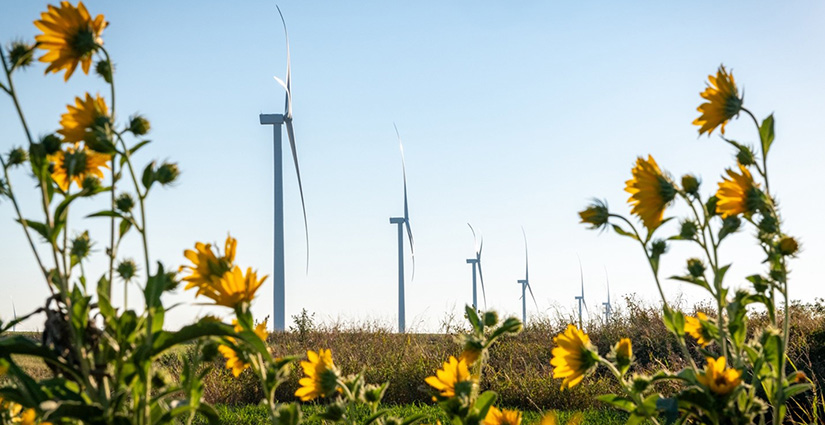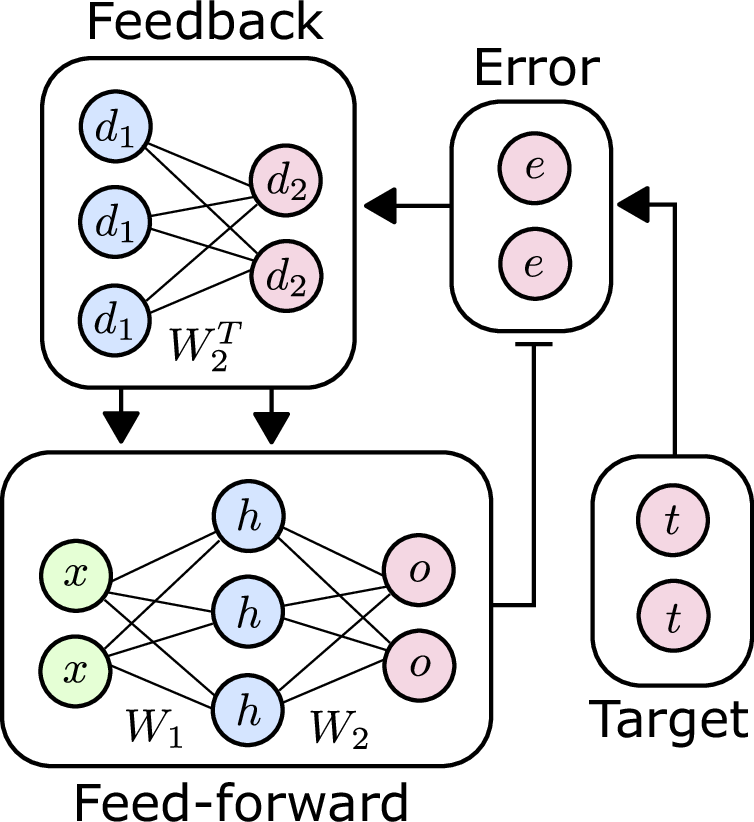2024-11-21 米国国立再生可能エネルギー研究所(NREL)

Wind turbines standing above a field of sunflowers in Oklahoma are part of the American WAKE experimeNt (AWAKEN) studying wind energy wakes. Photo by Bryan Bechtold, NREL
<関連情報>
- https://www.nrel.gov/news/program/2024/what-does-the-horizon-of-wind-energy-look-like.html
- https://www.sciencedirect.com/science/article/abs/pii/S0306261924021846
- https://www.sciencedirect.com/science/article/abs/pii/S2214629617301275
既存の米国風力タービン群による視覚的影響のマッピングと特徴づけ Mapping and characterizing the visual impacts of the existing US wind turbine fleet
Michael Gleason, Anthony Lopez, Marie Rivers
Applied Energy Available online: 1 November 2024
DOI:https://doi.org/10.1016/j.apenergy.2024.124801
Highlights
- The existing wind turbine fleet of the contiguous US is assessed for visual impacts.
- This assessment accounts for turbine size, orientation, exposure, and distance.
- Visual impacts are low as a share of total land area, population, and visual resources.
- Impacts to populations are highest in settings like plains, prairies and deserts.
- Higher density of wind development impacts more land, but not always population.
Abstract
Visual impacts of wind turbines have been a persistent concern for wind energy development in the United States (US) for decades and remain a major source of project delays and cancellations. Assessments of visual impacts are frequently performed at a local scale for individual projects, but a comprehensive understanding of broader geographic patterns in visual impacts across the US is lacking. This paper presents a visual impact assessment of the existing land-based wind turbine fleet of the contiguous United States (CONUS). The assessment combines geographic information systems and 3D simulation methods to account for key factors driving the visual magnitude of impacts from the installed turbines. The results indicate that, despite the deployment of approximately 70,000 turbines and over 144 gigawatts of land-based wind in the CONUS, the visual impacts are very small when measured as a proportion of land area, population, and sensitive visual resources. Nonetheless, visual impacts are not evenly distributed: people experience a concentrated share in a small number of natural settings, primarily including plains, prairies, and deserts. Finally, we find that although increased density of wind development consistently leads to visual impacts across a greater proportion of land, it does not always lead to impacts to a greater share of the population. These findings suggest that visual impacts from wind energy are generally well-mitigated across the CONUS to date but also highlight the need for a deeper understanding of landscape sensitivity and individual perceptions of wind turbines in the most heavily impacted natural settings.
北米における風力エネルギー受け入れ研究の30年: 我々は何を学んだか? Thirty years of North American wind energy acceptance research: What have we learned?
Joseph Rand, Ben Hoen
Energy Research & Social Science Available online: 25 May 2017
DOI:https://doi.org/10.1016/j.erss.2017.05.019
Abstract
Thirty years of North American research on public acceptance of wind energy has produced important insights, yet knowledge gaps remain. This review synthesizes the literature, revealing the following lessons learned. (1) North American support for wind has been consistently high. (2) The NIMBY explanation for resistance to wind development is invalid. (3) Socioeconomic impacts of wind development are strongly tied to acceptance. (4) Sound and visual impacts of wind facilities are strongly tied to annoyance and opposition, and ignoring these concerns can exacerbate conflict. (5) Environmental concerns matter, though less than other factors, and these concerns can both help and hinder wind development. (6) Issues of fairness, participation, and trust during the development process influence acceptance. (7) Distance from turbines affects other explanatory variables, but alone its influence is unclear. (8) Viewing opposition as something to be overcome prevents meaningful understandings and implementation of best practices. (9) Implementation of research findings into practice has been limited. The paper also identifies areas for future research on wind acceptance. With continued research efforts and a commitment toward implementing research findings into developer and policymaker practice, conflict and perceived injustices around proposed and existing wind energy facilities might be significantly lessened.



